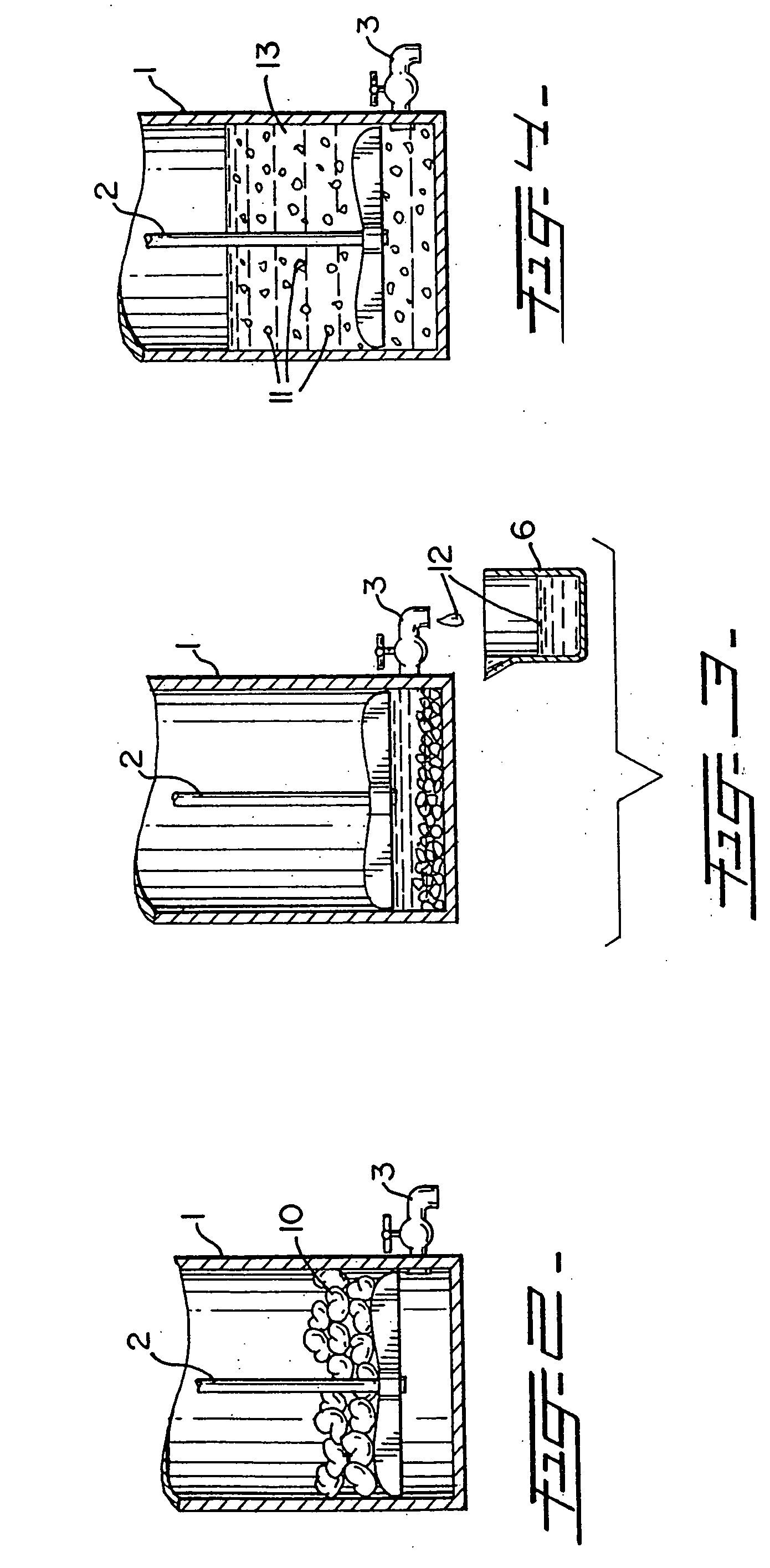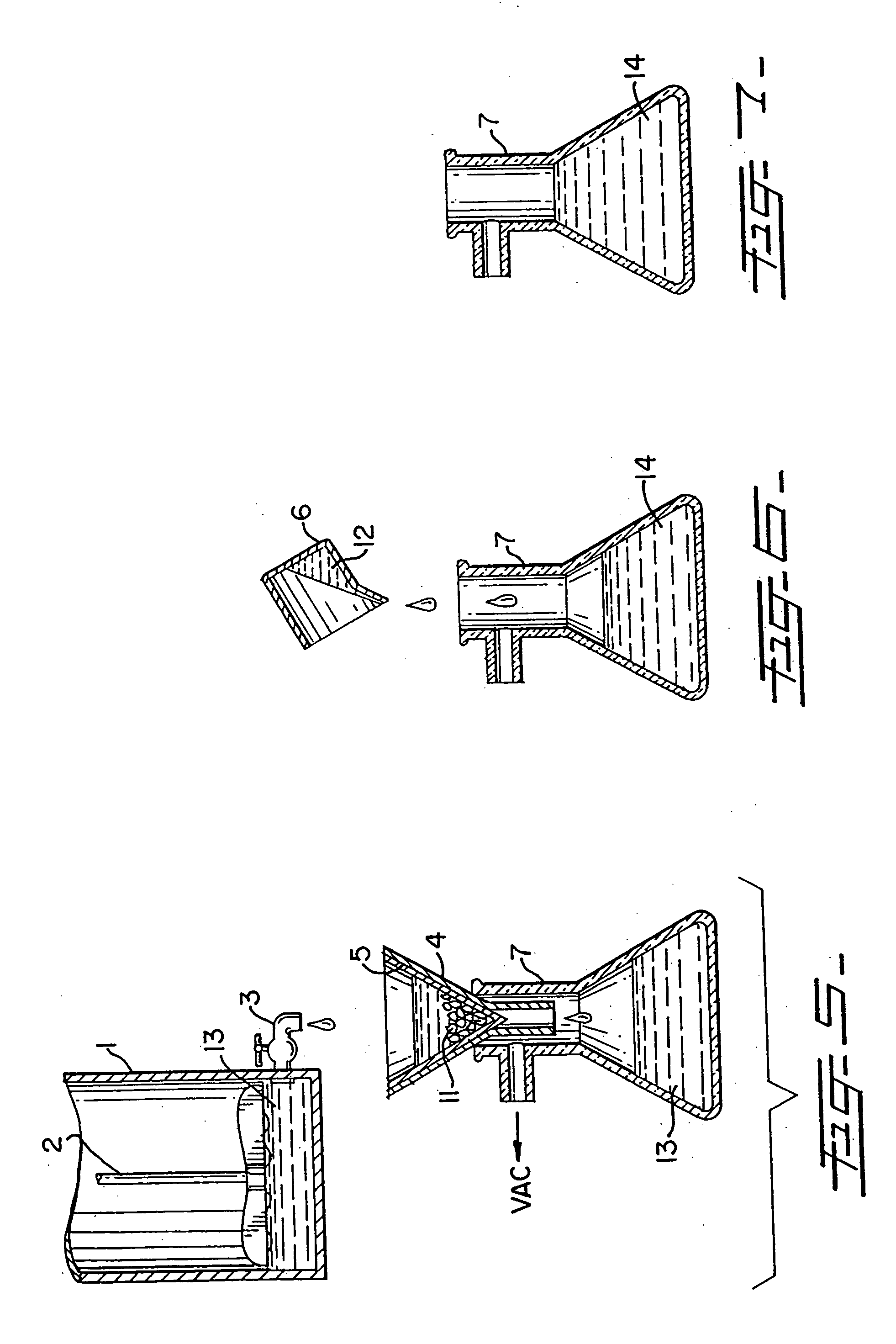Synthetic solution for preserving fresh flowers, fruits, and vegetables without the use of refrigeration, and method of producing same
a technology of fresh flowers and fruits, applied in the field of synthetic solutions for preserving fresh flowers, fruits, vegetables without refrigeration, and the method of producing same, can solve the problems of considerable insufficient recognition of handling processes in less-developed countries, and increasing criticality of post-harvest loss of fresh fruits and vegetables, etc., to achieve excellent insect repellent, shorten the life of fruits, and control or kill surface
- Summary
- Abstract
- Description
- Claims
- Application Information
AI Technical Summary
Benefits of technology
Problems solved by technology
Method used
Image
Examples
Embodiment Construction
[0071] Like in certain kinds of fresh fruits and vegetables, in flowers too the ratio of positive molecular agents versus negative molecular agents is greater than one. The flowers with greater ratios are better suited to be raw materials used to prepare the solution of this invention. Examples of flowers having greater ratios of positive to negative enzymes are: Cactus, or any member of the Cacti family, Stonecrops or any member of the Crassulaceae family, Pondweeds or any other member of the Potamogetonaceae family, Pond Lilies or any other member of the Nymphaeaceae family, Surf grass and eel grass or any other member of the Zosteraceae family, and also any member of the Pickleweed family.
[0072] One inventive method, depicted in FIG. 13, is producing a solution made out of fresh cut cactus flowers and parts of the cactus plant or any of the other members of the cactus family or the other plant families mentioned above, either together or independently. This method involves the e...
PUM
 Login to View More
Login to View More Abstract
Description
Claims
Application Information
 Login to View More
Login to View More - R&D
- Intellectual Property
- Life Sciences
- Materials
- Tech Scout
- Unparalleled Data Quality
- Higher Quality Content
- 60% Fewer Hallucinations
Browse by: Latest US Patents, China's latest patents, Technical Efficacy Thesaurus, Application Domain, Technology Topic, Popular Technical Reports.
© 2025 PatSnap. All rights reserved.Legal|Privacy policy|Modern Slavery Act Transparency Statement|Sitemap|About US| Contact US: help@patsnap.com



